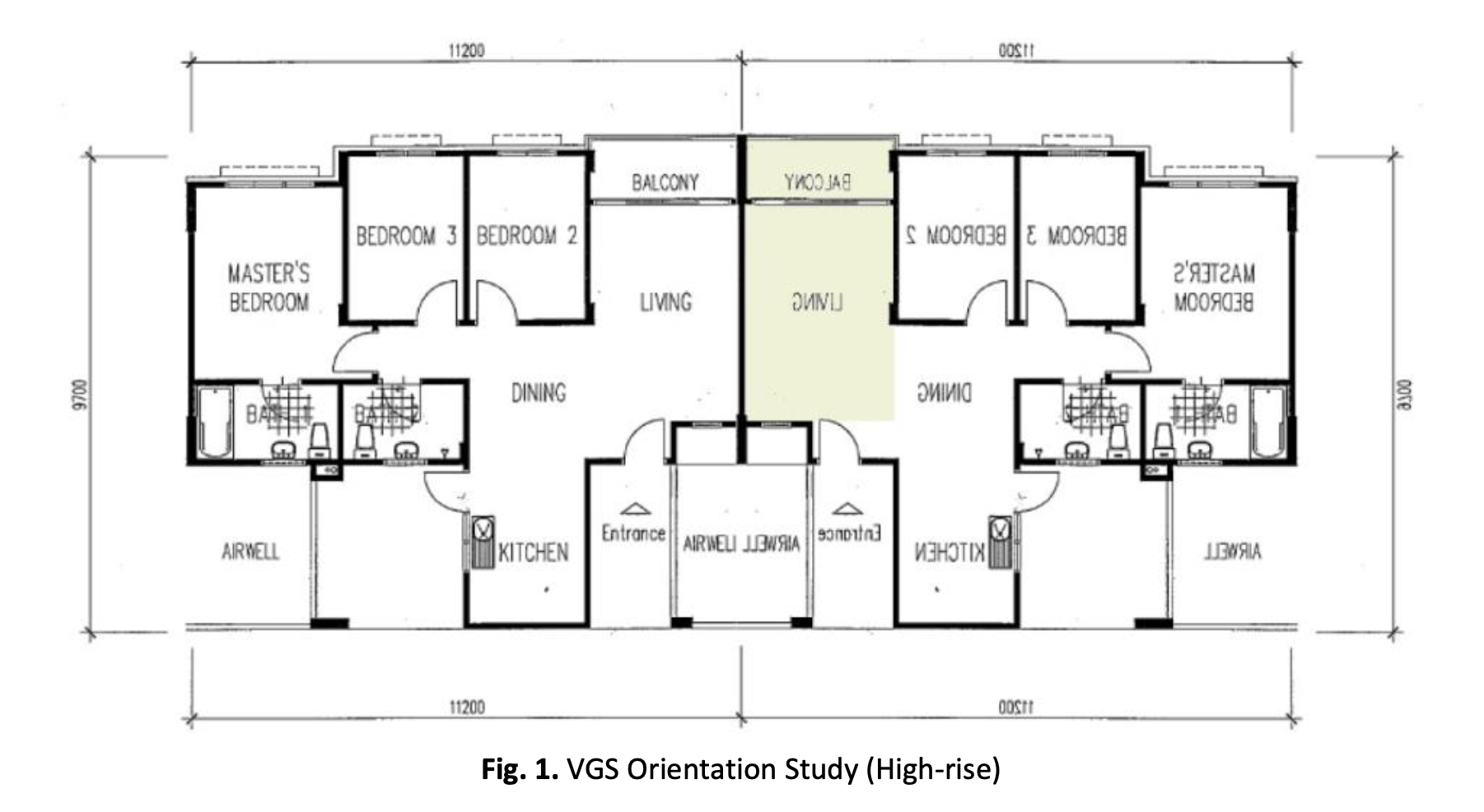Optimization of Indoor Thermal Performance through Orientation and Vertical Greenery Percentage Analysis in High-Rise Residential, Malaysia
DOI:
https://doi.org/10.37934/arfmts.100.3.6777Keywords:
Vertical Greenery System, thermal performance, orientation, window wall ratio, energy savingAbstract
Vertical Greenery System (VGS) is one of the passive solutions for urban greening that emphasizes application of building envelope. It can improve both indoor thermal performance and energy efficiency in the longer run. To realize this effort, proper orientations are identified as the main key factors. As high-rise buildings are being develop throughout urban cities in Malaysia, indoor spaces received high amount of solar radiation due to improper orientation and site constraint exposure that mainly comes from East and West. To overcome this issues, orientation study and vertical percentage analysis were conducted in this paper. Investigation on the importance of having proper façade orientation and greenery percentage in urban cities are the main purpose of this research. Several methods that involved empirical studies and simulation using IESVE software were conducted to fulfil this investigation. Based on the findings, the highest reduction in both temperature and cooling load energy using vertical greenery system can be tabulated in the following order: East > West > South > North. It is suggested, that both the East and West orientations to be the best façades to implement the VGS. Both facades received direct sunlight in the morning and evening sessions, enabling the VGS envelope to reduce the indoor dry bulb temperature and building cooling load energy more efficiently at higher altitude. For vertical greenery percentage analysis, higher percentage of vegetation will result in a more positive effect towards the reduction of indoor dry bulb temperature. In conclusion, the incorporation of a 100% VGS window wall ratio coverage is shown to have a reduction of 1.42°C and it was estimated at least 16.9% for building cooling load energy saving.
Downloads

































